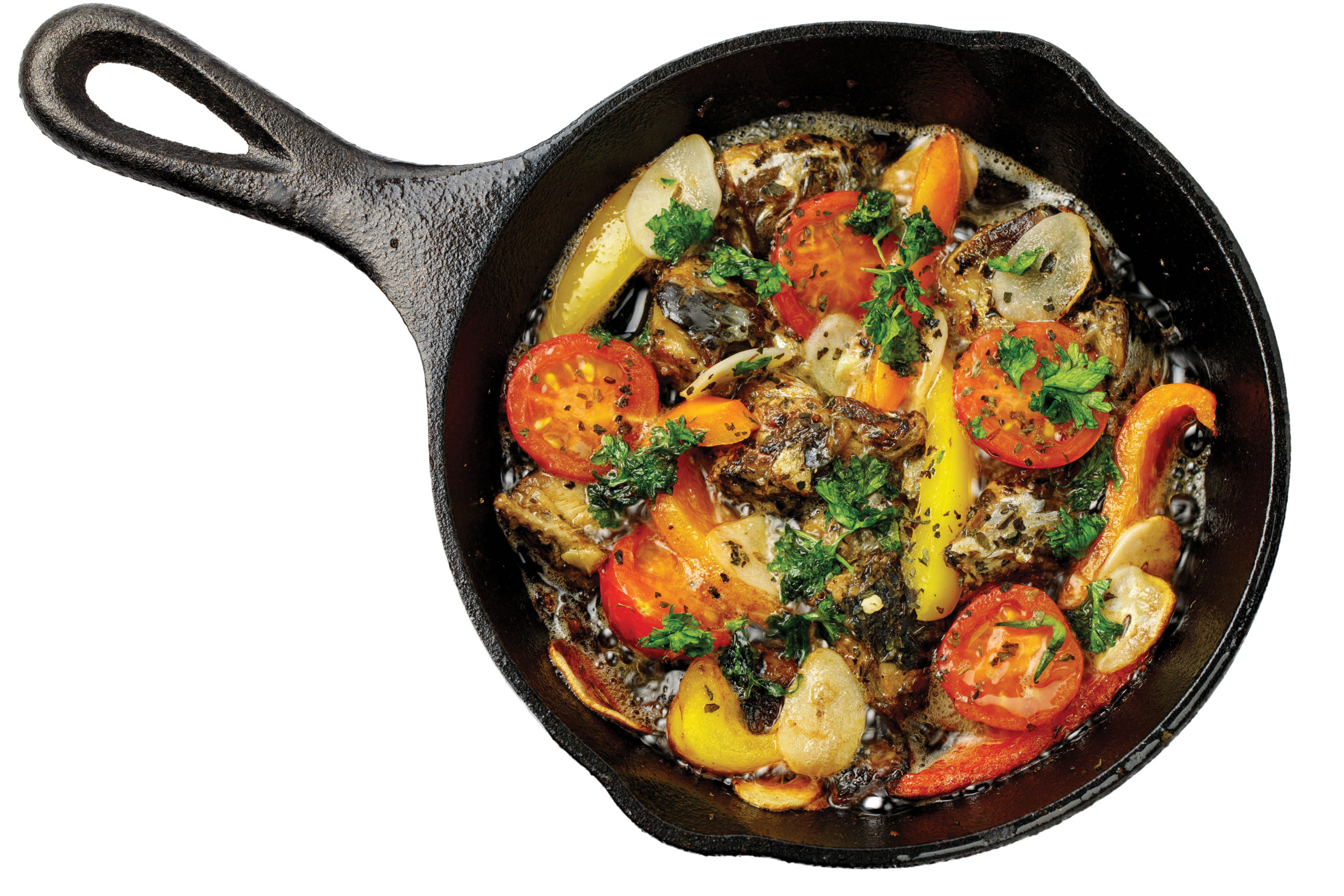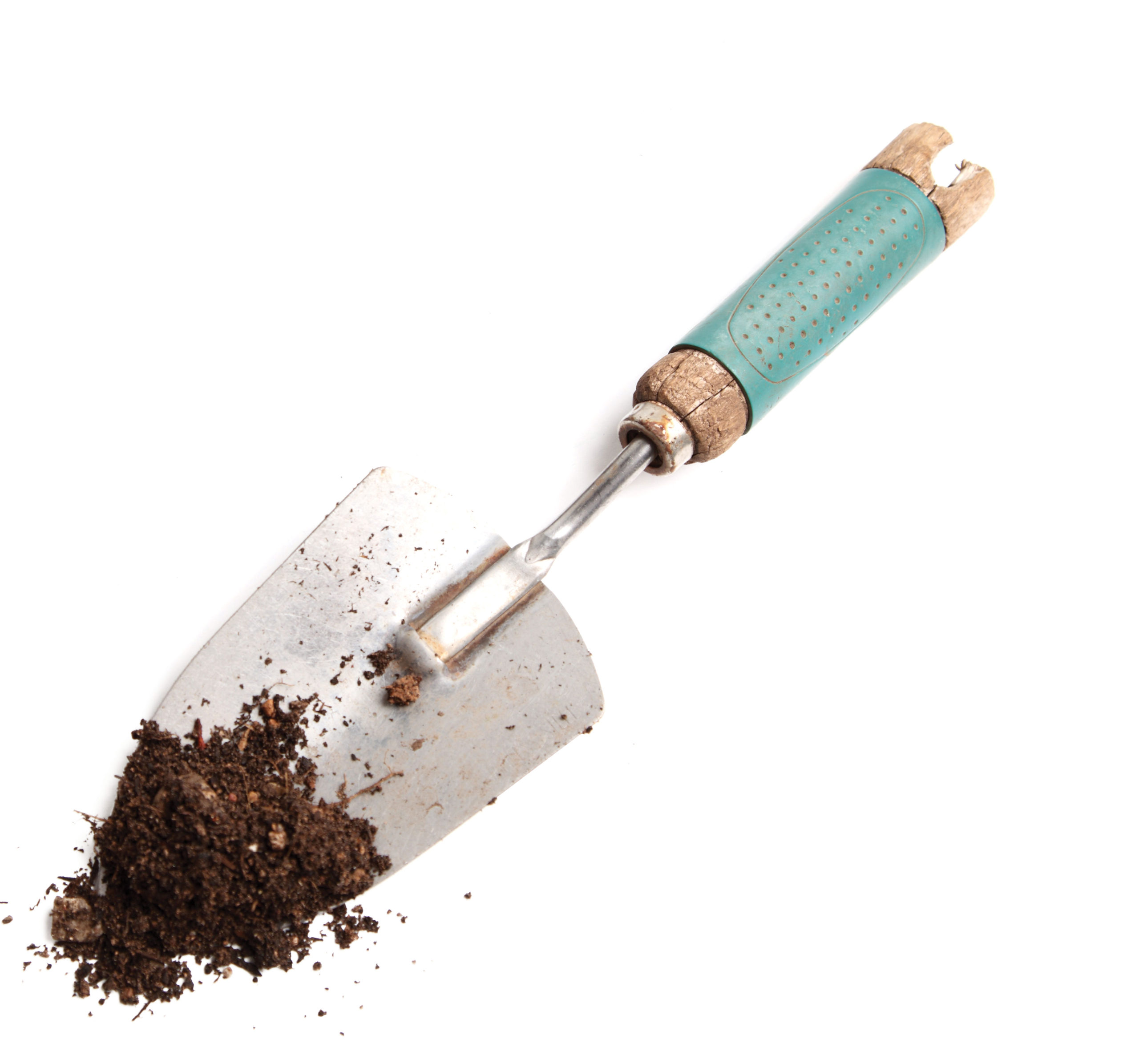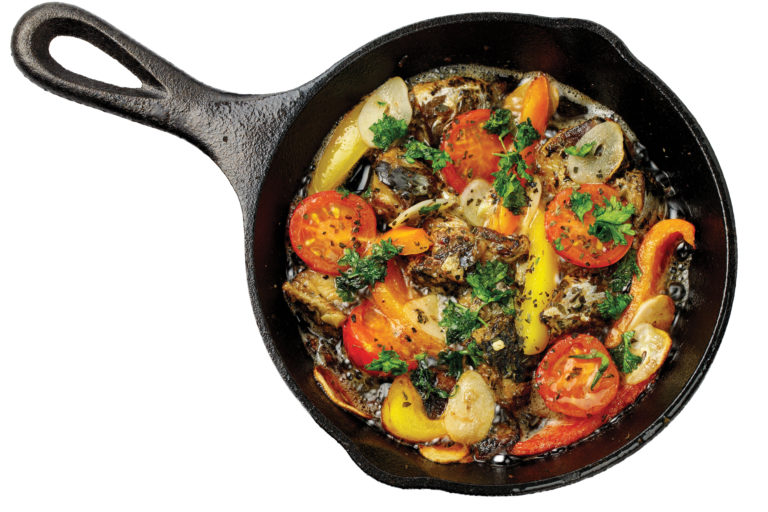There’s a lot going on in the world right now, and we’ve all had to make major adjustments to our daily lives. So much change can make anxieties run high, but there are ways to manage yourself creatively and effectively while you’re keeping safe. Here are some tips and ideas for keeping calm from faculty and staff from Drexel’s Creative Arts Therapies Department in the College of Nursing and Health Professions.
GO FOR A HIKE

Says Associate Clinical Professor and Director of Art Therapy and
Counseling Natalie Carlton
“Being in nature can be creative and restorative. Nature can also engage multiple levels of sensory engagement and remind us of ‘scale’ beyond humanness. Our bodies, psyches and minds in nature can enjoy alternative soundscapes while taking in the minutia of sight, sound and texture that can be crowded out. Being in nature is essentially being with ourselves as attentive to small details while encouraging an endless ‘mind wander.’”
NURTURE A GREEN SPACE
Says Program Coordinator Kristen Norine
“Gardening can be creative, whether it’s small potted houseplants, a container garden in a city backyard or in a yard in the suburbs. Plant care is all in the details. Where is the best place for a plant so it can thrive and can enhance the visual aspect it brings to your surroundings? What can you repurpose to help a plant reach its potential by creating a trellis or hanging container? If growing herbs and flowers, consider the best place for those aromas.”
MIND YOUR DIGITAL MINDFULNESS
![]()
Says Assistant Clinical Professor Abby Dougherty
“Deep breathing sends a message to our brains to calm down. There are many wonderful mindfulness apps we can easily use such as Headspace, Calm and Stop Breathe & Think. There are also many wonderful applications for mindfulness in virtual reality. You can meditate live as a VR avator in AltspaceVR with people all around the world.”
LISTEN TO MUSIC
Says Professor and Director of the PhD Program in Creative Arts Therapies Joke Bradt
“Music has lots of health-promoting qualities. Most of you will have already experienced that music can improve your mood and reduce your stress. Listening to music can also make you feel supported and less lonely. Music is not “just” a feel-good thing. Neuro-imaging studies have shown that music impacts areas of the brain that play a crucial role in reducing stress hormones and releasing dopamine and endorphins (i.e. the feel-good hormones). Research has also shown that listening to music and singing improves your immune system. So try using some focused music listening or, even better, sing along to your favorite song!”
COOKING CAN BE CREATIVE

Says Associate Professor Girija Kaimal
“Cooking is one of the few activities in life that can engage all our senses. Use the time at home to feel the textures, smells, sights, tastes and sounds of foods. Take time to create a new dish from things in the pantry. Or better still, find a favorite family recipe, savor the tastes, lay out the dish, enjoy the colors and smells and create a mealtime to cherish.”
JUST DANCE
Says Assistant Clinical Professor Dawn Morningstar
“Dancing can give you vitality, energy and lift your mood. Pick a song with a good beat that makes you feel happy. Dance in your kitchen, living room or down your hallway. Invite those in your home to join you. Dance like no one is watching — and nobody will be watching you since they are all [keeping their distance] anyway.”
TREAT YOURSELF

Says Admissions Coordinator Kade Haskins
“It is extremely important to be great to yourself during stressful times. Treat yourself to some things that you might not normally do. Listen to calming music and paint. Meditate. Make a travel wish list. Find a new recipe on Pinterest and cook with your loved ones. Utilize every moment of being home and, most important, don’t forget to call your loved ones who are long distance. There is nothing like a familiar voice in unprecedented times.”
SUPPORT YOUR SENSORY DIET

Says Associate Clinical Professor and Program Director for Dance/ Movement Therapy & Counseling Christina Devereux
“Just like we want to make sure that we nourish our bodies with a healthy diet, we also need to nourish our minds and bodies with a sensory diet. For example, provide opportunities where you start the day with different sensory experiences. Perhaps light a candle to engage your sense of smell, or pick fresh flowers with a walk in nature. Have areas where vibrant colors or visual information engages our observation. Engage our sense of hearing by putting on an audio book, or some music. And finally, engage the tactile sense where we can take what is heard into something that we build. Use variation of sensory experiences to keep the flow throughout the day.”


